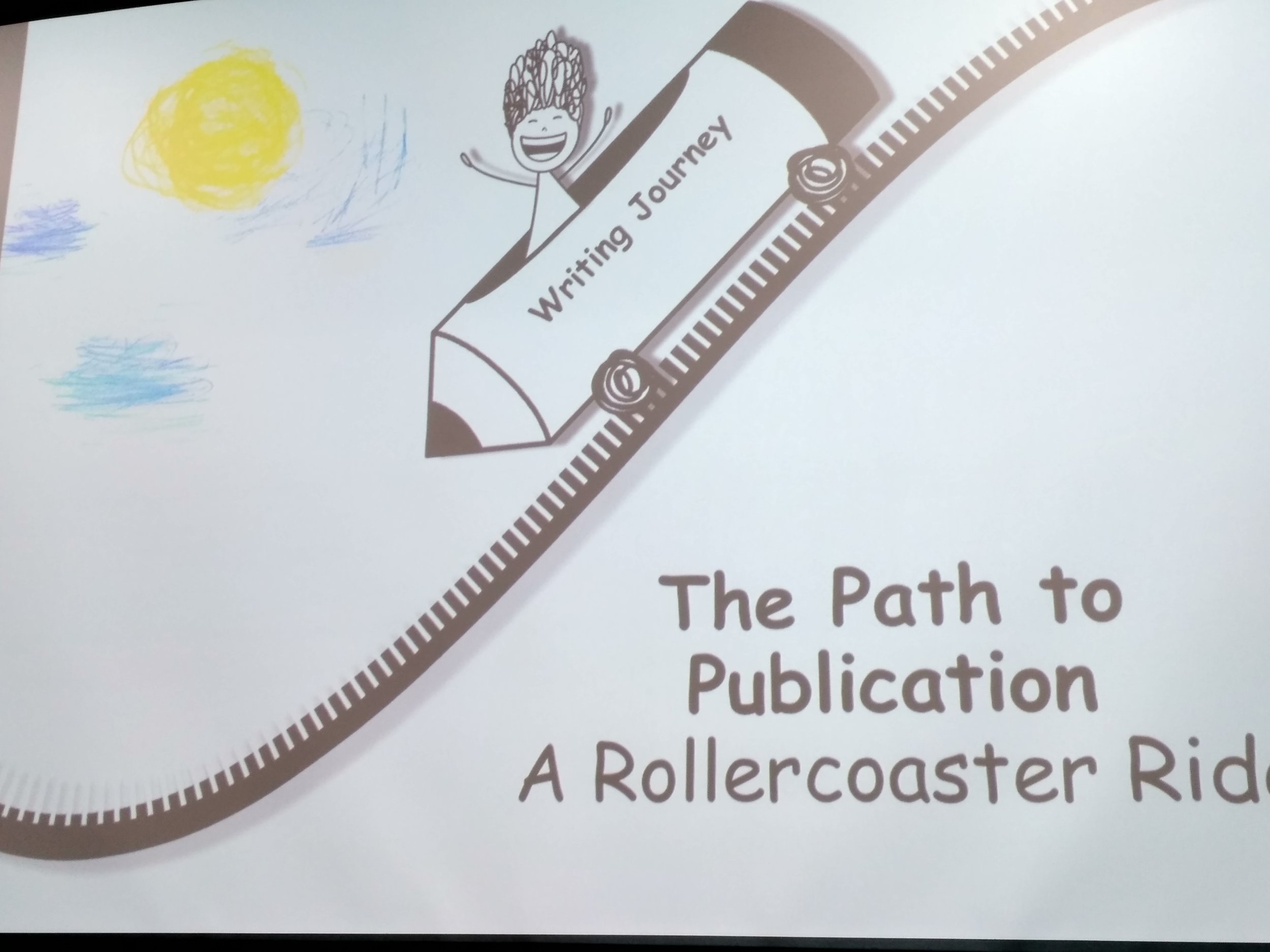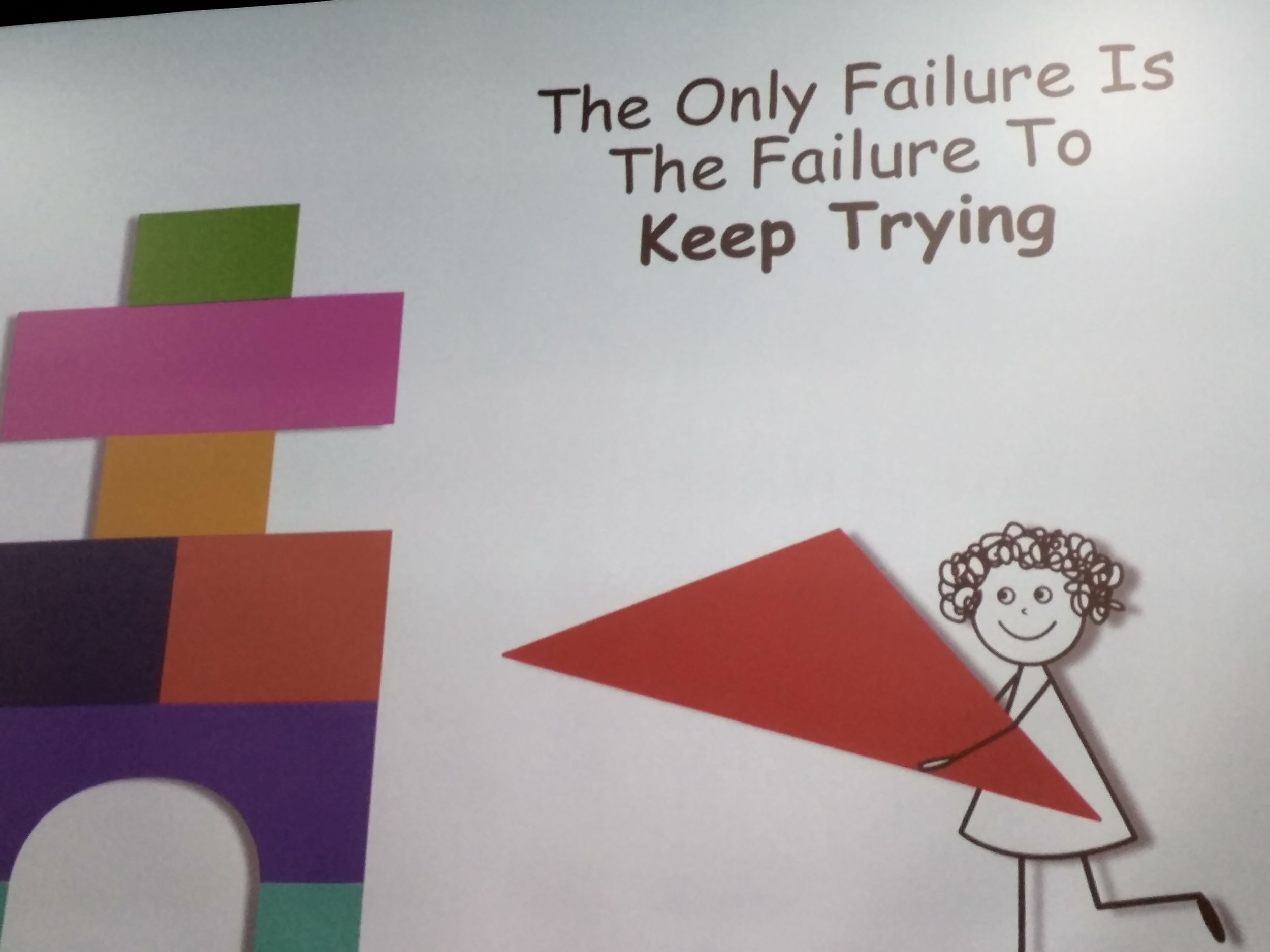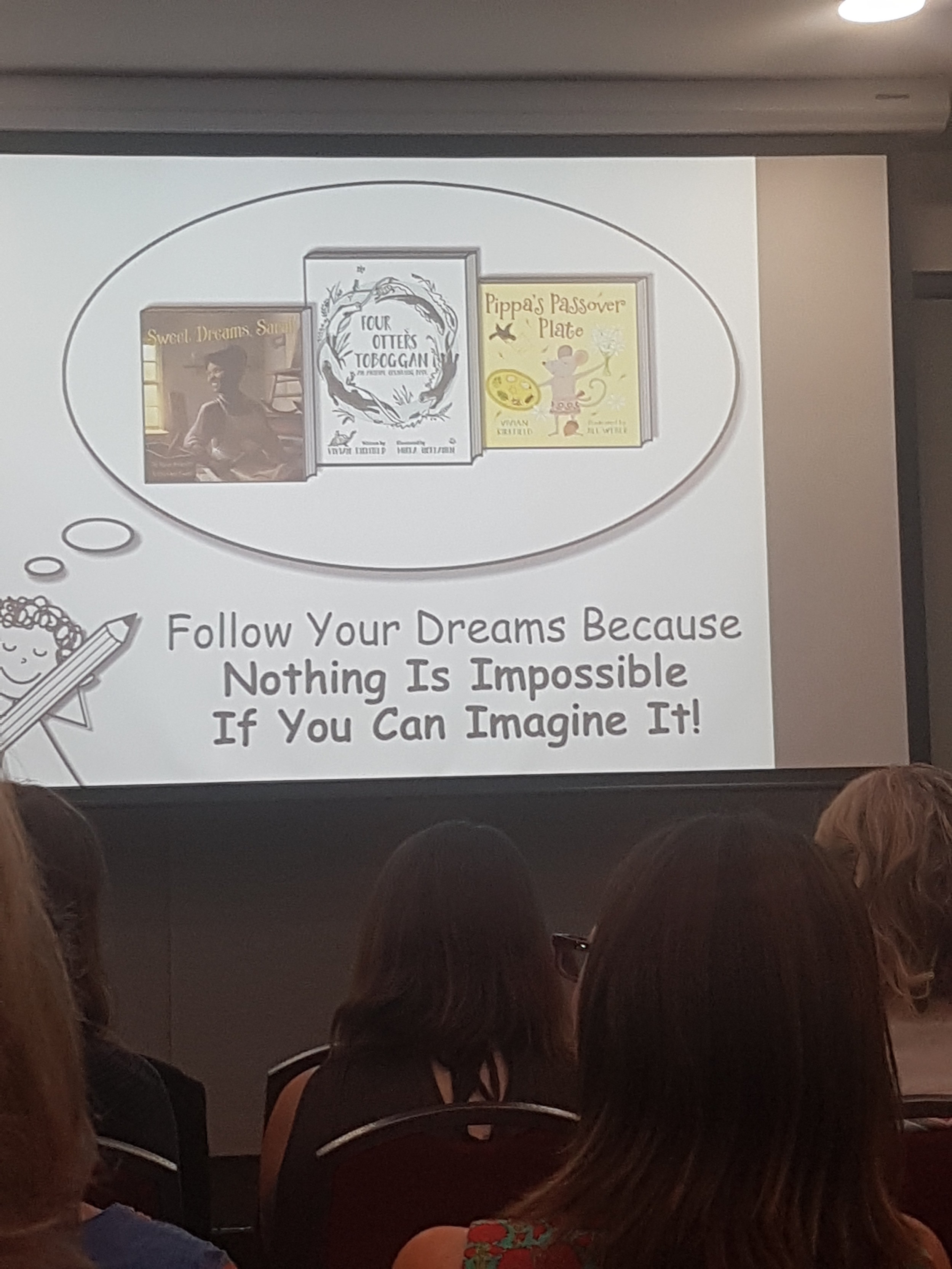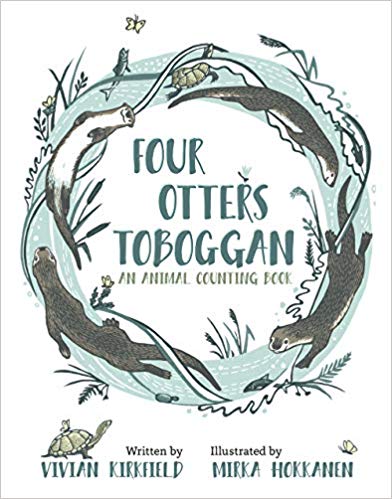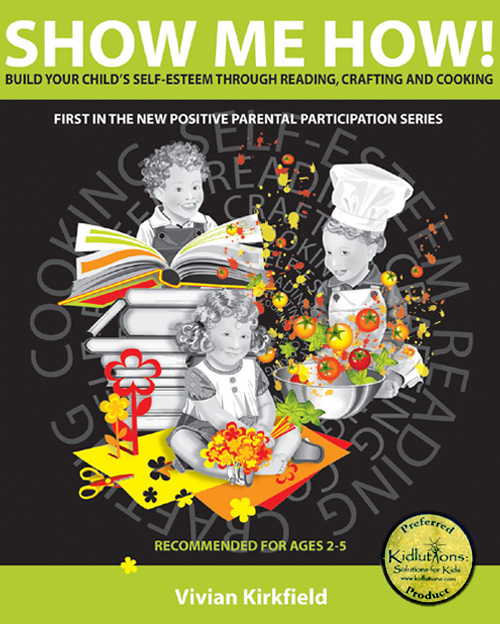Close your eyes and think about your dreams. What is it that you really want to do?
For Vivian Kirkfield, acclaimed US blogger, Perfect Picture Book Reviewer, host of #50PreciousWords Challenge and picture book author, her story began when her son took her skydiving as a birthday present. After that, she realised ‘if I can jump out of a perfectly good aeroplane, I can do anything.’ And so, she decided to follow her dream of writing picture books.
Vivian’s journey began with blogging about picture books. What started out as a way to share her passion and build her profile, quickly turned her into a sought-after social media influencer, with a sizable following. She now has five picture books coming out in 2019 and 2020!
Part of Vivian’s success seems to come from the fact that she has a genuine passion for what she does and she generously supports other writers, both aspiring and experienced. She also has a great can-do attitude and an infectious personality!
Vivian shared that her recipe for success in book publishing is a bit like making pizza: a range of ingredients thrown together to create a masterpiece. Vivien’s four key ingredients for the pizza of success are:
Passion (you need to want it and love doing it)
Productivity (you need to be willing to work on multiple projects and not sit around waiting for one to come to fruition)
Patience (yes, publishing takes TIME)
Persistence (when your work is ready, send it out; be determined)
As Vivian reminds us, the only failure is the failure to keep trying. Did you know Jane Yolan, author of 365 published books, averages five rejections a week. Yes, that’s right. FIVE. PER. WEEK. How many submissions must she be sending out? Now that’s persistence!
It’s important not to lose sight of why you are writing or illustrating for children. Vivian imparted the important message that picture books inspire kids to dream, as some don’t think they can. How will your books help them to dream?
Vivian also revealed her seven key steps to publication:
1. Read lots of picture books – use them as mentor texts; not to copy but to observe.
2. Participate in writing challenges and contests – eg 12x12 challenge or the 50 Precious Words challenge.
3. Interact with the kidlit community – find Facebook groups and other online communities.
4. Join critique groups
5. Hone your craft with classes and conferences – being a good writer doesn’t automatically make you a good picture book author, or middle grade author etc; being a good artist does not mean you can tell a story through your art.
6. Write and revise and write and revise – make it as good as possible before submitting – then work with the editor. The Story has to grab your heart – you have to connect emotionally with the story.
7. Research agents and editors and submit – check that the agent or published likes your style of story before submitting, and go with a person who is passionate about your work.
Vivian inspired us all to focus on our dreams, keep the passion alive, and make the most of opportunities that come our way.
“A story that sings cannot be heard if it stays locked in your drawer.” Vivian Kirkfield
by Sarah Wallace
#SCBWISyd
Tags: #SBCWISyd


